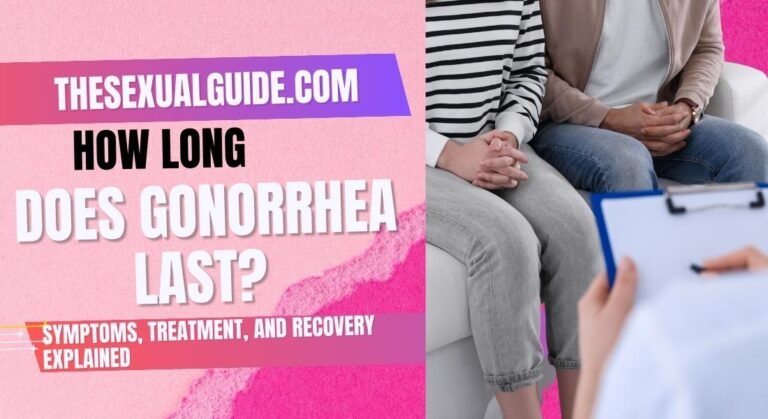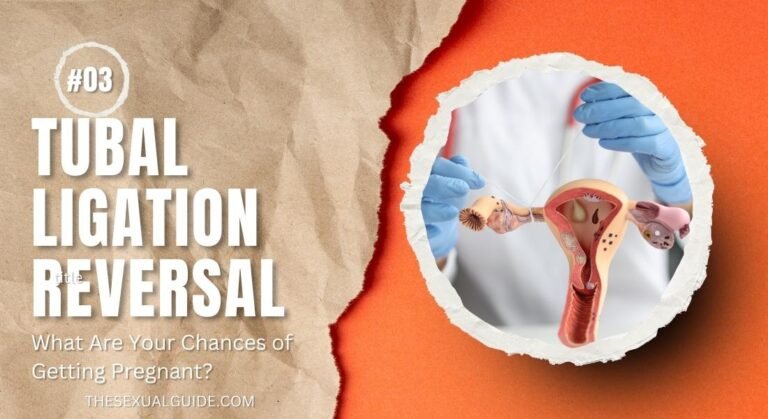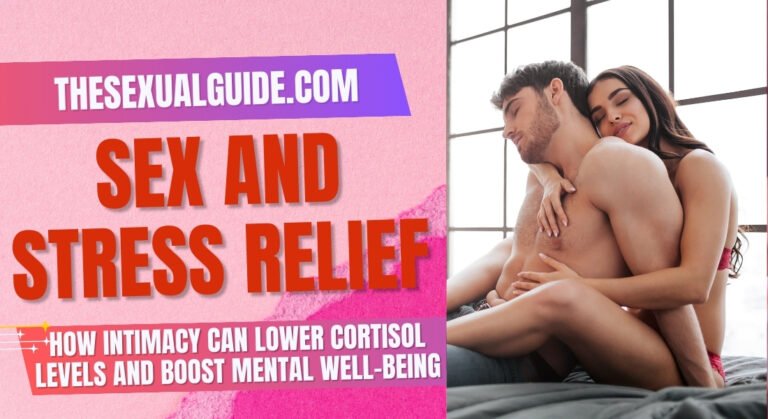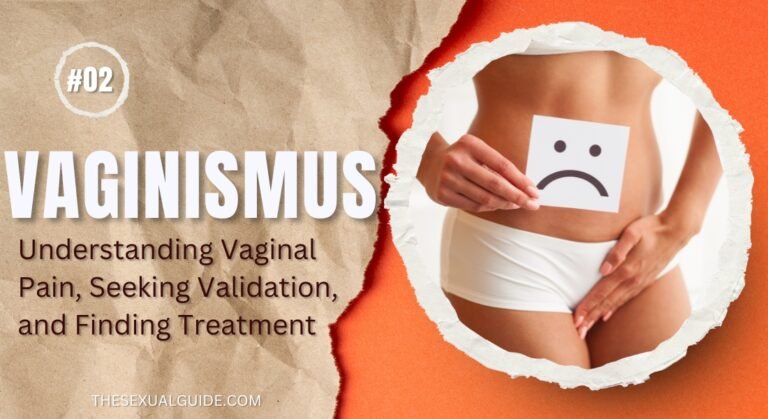Hormone replacement therapy (HRT) isn’t just for women; men, too, can experience hormone imbalances, particularly involving testosterone.
Testosterone levels naturally decline with age, and for some men, this drop can cause symptoms that disrupt daily life.
But does every man with low testosterone (or “low T”) need testosterone therapy?
Let’s dive into what testosterone therapy entails, who might benefit, and what risks and alternatives exist.
What Is Testosterone Therapy?
Testosterone therapy involves supplementing testosterone to restore levels in men diagnosed with hypogonadism, a condition where the body doesn’t produce enough testosterone.
Available forms include:
- Injections: Delivered into muscles every 1–4 weeks.
- Topical Gels/Creams: Applied daily to the skin for steady hormone absorption.
- Patches: Worn on the skin and replaced regularly.
- Implants: Small pellets inserted under the skin that release testosterone over several months.
Symptoms of Low Testosterone
While testosterone levels naturally decline after age 30, some men experience symptoms that might indicate low T:
- Decreased libido or sexual function.
- Fatigue and lack of energy.
- Loss of muscle mass or increased body fat.
- Mood changes like irritability or depression.
- Reduced bone density.
These symptoms can affect daily life, but having them doesn’t always mean testosterone therapy is needed.
Diagnosing low testosterone requires a blood test and an evaluation of overall health.
Who Should Consider Testosterone Therapy?
Testosterone therapy is most appropriate for men diagnosed with clinical hypogonadism. Common causes include:
- Primary Hypogonadism: A problem with the testes, such as from injury or infection.
- Secondary Hypogonadism: Issues with the brain’s pituitary gland or hypothalamus that regulate testosterone production.
For older men with age-related testosterone decline, the decision to start therapy should involve a careful discussion with a healthcare provider, weighing the benefits and risks.
Benefits of Testosterone Therapy
When prescribed appropriately, testosterone therapy can improve:
- Sexual health and libido.
- Mood and mental clarity.
- Muscle mass and strength.
- Energy levels.
- Bone density, reducing fracture risks.
Risks and Considerations
Testosterone therapy is not without risks. Some potential side effects include:
- Increased risk of blood clots or cardiovascular issues.
- Acne or oily skin.
- Sleep apnea is worsening.
- Breast swelling or tenderness (gynecomastia).
- Reduced sperm production, which could affect fertility.
Men with prostate or breast cancer should typically avoid testosterone therapy. Regular monitoring, including blood tests, is crucial to ensure safety during treatment.
Alternatives to Testosterone Therapy
If testosterone therapy isn’t the right fit, there are other ways to boost energy, mood, and overall health:
- Lifestyle Changes:
- Exercise regularly, especially strength training.
- Maintain a healthy weight.
- Get quality sleep and manage stress.
- Natural Supplements: While some supplements claim to boost testosterone, results vary. Always consult a healthcare provider before trying these.
- Address Underlying Health Conditions: Fatigue or low libido might stem from other causes, such as thyroid issues or depression, which can be treated directly.
Is Testosterone Therapy Right for You?
Testosterone therapy can be life-changing for men with clinical hypogonadism. However, it’s not a one-size-fits-all solution.
If you’re experiencing symptoms of low testosterone, talk to your doctor. They’ll evaluate your hormone levels and overall health to determine the best course of action.
While testosterone therapy offers benefits, it’s important to weigh these against potential risks.
For many men, lifestyle changes and addressing underlying health concerns can be equally effective for improving energy, mood, and vitality.
Conclusion
Testosterone therapy can be a valuable option for men with clinically diagnosed hypogonadism, helping to restore energy, libido, and overall well-being.
However, it’s not the right solution for everyone. Understanding the benefits, risks, and available alternatives is essential before making a decision.
If you’re experiencing symptoms of low testosterone, consult a healthcare professional to determine the best approach for your health.
In many cases, lifestyle changes and addressing underlying conditions can be just as effective in maintaining vitality and well-being.
FAQs - Do Men Need Hormone Replacement Therapy? Understanding Testosterone Therapy for Men
1. What is testosterone replacement therapy (TRT) and who is it for?
Testosterone replacement therapy (TRT) is a medical treatment that supplements low levels of testosterone in men, typically due to hypogonadism or age-related decline. It’s intended for men with clinically confirmed low testosterone and related symptoms like fatigue, low libido, depression, or muscle loss.
2. How do I know if I have low testosterone?
Common signs of low testosterone include decreased sex drive, erectile dysfunction, chronic fatigue, loss of muscle mass, increased body fat, irritability, and difficulty concentrating. Diagnosis is confirmed through a blood test, usually done in the morning when testosterone levels are highest.
3. What are the benefits of testosterone therapy?
TRT can improve libido, energy levels, mood, muscle strength, bone density, and sexual performance. Many men also report improved confidence, cognitive clarity, and overall quality of life when testosterone levels are restored to normal ranges.
4. Are there risks or side effects associated with TRT?
Yes. Possible risks include acne, sleep apnea, enlarged prostate, reduced sperm count, and increased red blood cell count, which can raise the risk of blood clots. TRT should always be monitored by a healthcare provider to ensure safety and effectiveness.
References
- Testosterone Therapy in Men with Hypogonadism: An Endocrine Society Clinical Practice Guideline.
- Testosterone therapy: Potential benefits and risks as you age
- Testosterone Replacement Therapy (TRT)






